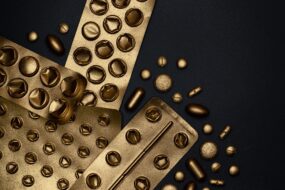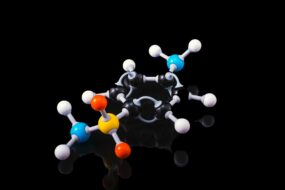- Home
- DRUGS
- Drugs acting on infectious Agents
- Pyrazinamide (Z)
Pyrazinamide is weakly tuberculocidal and is more active in an acidic medium. It is more lethal to intracellularly located bacilli. The drug has the highest efficacy during the first two months of therapy when inflammatory changes are present.
Indication.
- Pulmonary and extra pulmonary tuberculosis.
Mechanism of action.
- It is converted inside the mycobacterial cell into pyrazinoic acid, an active metabolite, by the pyrazinamide enzyme encoded by the pncA gene.
- This metabolite then accumulates in an acidic medium and inhibits mycolic acid synthesis.
- Resistance to the drug is mainly due to mutation in the pncA gene.
Adverse effects.
- Hepatotoxicity occurs and is dose-related.
- Hyperuricaemia and gout due to inhibition of uric acid secretion in the nephron.
- Flushing, fever, rashes, and abdominal distress.
- Anorexia, liver tenderness, and difficulty in micturition.
Contraindication.
- Patients with liver disease.
- Pregnancy.
- Diabetic patients should be closely monitored.
Dosages.
- PYZINA 0.5, 0.75, 1.0 g tablets, 0.3 g kid tablets; PZA-CIBA 0.5, 0.75 g tablets, 250 mg/5 ml syrup.
- RIZAP 0.75, 1.0 g tablets.












